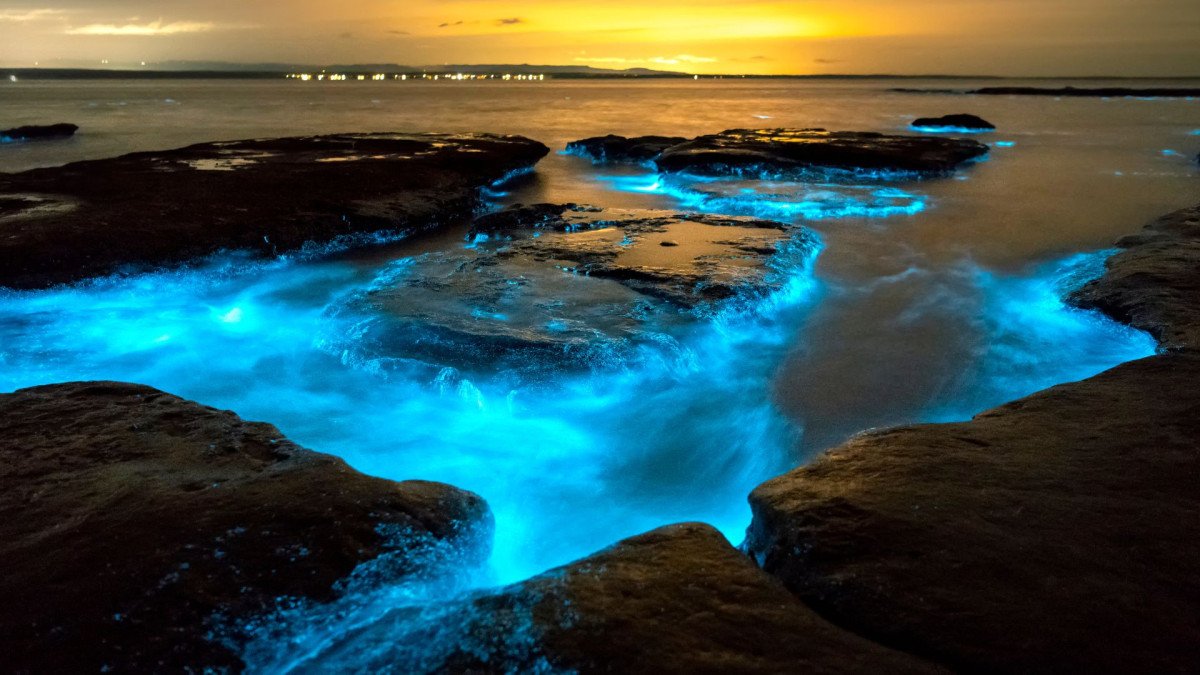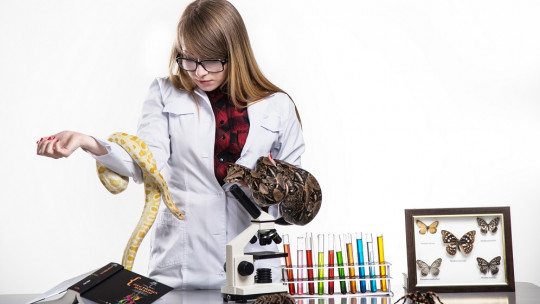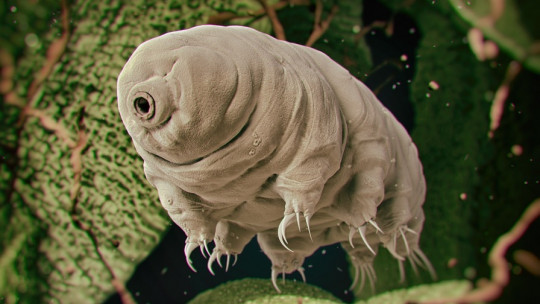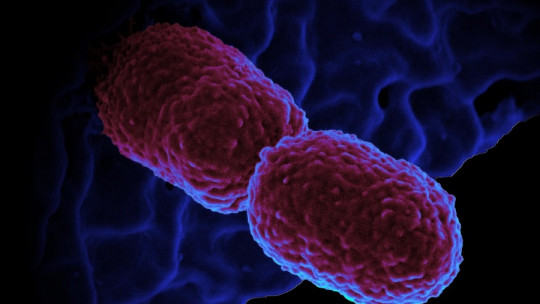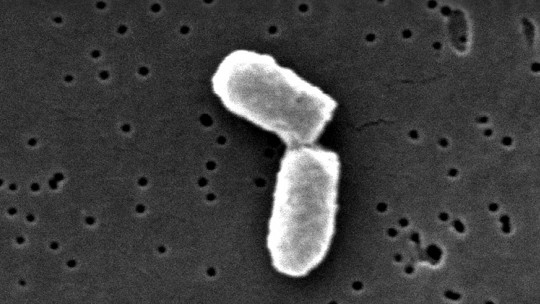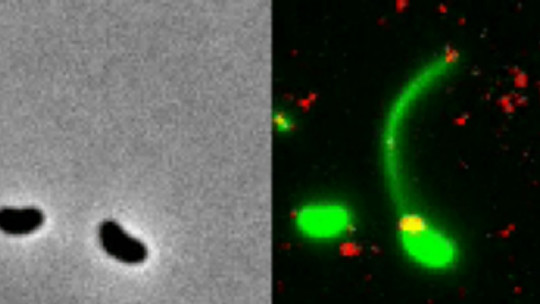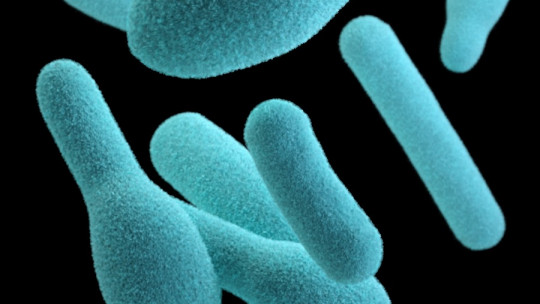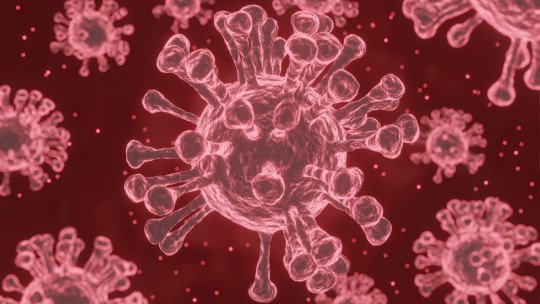
The fascinating branch of biology responsible for the study and research of microscopic living beings is called microbiology. These tiny life forms are known as microorganisms, and it is surprising how much they influence our lives despite being invisible to the naked eye The vast majority of microorganisms are unicellular and are characterized by numerous varieties in terms of shape and size.
Although the human eye cannot see them, they are everywhere. Everywhere you look there are microorganisms since they manage to survive in all types of adversities, due to their great ability to adapt even to very extreme environmental conditions. When we talk about microorganisms, we are referring to viruses, bacteria, fungi, archaea, protists, algae, etc. It may be that when hearing these names, we directly relate it to dirt, and all kinds of diseases.
However, although it is true that some of them are pathogenic, there are many others that are beneficial and even necessary for us and our environment. If you have been intrigued to know more about these beings that can only be seen through the microscope, you are in the right place.
Curious facts about microorganisms
Next, we will enter the wonderful world of microbiology and present 20 curiosities and facts about microorganisms.
1. In the human body there are more microorganisms than human cells
You are the host of billions of bacteria that live inside you in an organized way and in constant activity. Experts estimate that For every human cell, there are up to ten times as many microbial cells In fact, such is the magnitude that if we took all these bacteria and placed them on a scale, they would weigh between 2-3 kilos.
2. There are more bacteria in your mouth than there are humans on Earth
In the mouth of any of us, there are more bacteria than there are people in the world. More than 600 types of microorganism species are found in the mouth. In short, it is known that for every drop of saliva, there are more than 100 million bacteria. If we do the math, it exceeds the number of inhabitants on Earth.
3. The milky way falls short compared to your body
The microorganisms that reside inside you total 40 million million According to experts, the Milky Way has between 150-250 billion stars. Therefore, once again, the bacteria win.
4. In the kitchen, microorganisms are good guys
Human beings have been using the benefits of microorganisms in gastronomy for many years. Cheese and yogurt are clear examples, since thanks to bacteria, they achieve the texture and flavor that we all like so much.
5. Where does the smell of rain come from?
The typical smell of rain that you breathe has a lot to do with microorganisms. Bacteria do not have a smell, but in the case of rain, a microbial species called actinobacteria comes into play. Actinobacteria release tiny spores when the temperature rises slightly Then, when raindrops hit the ground, these spores shoot out to expand into the air, producing this characteristic rainy smell.
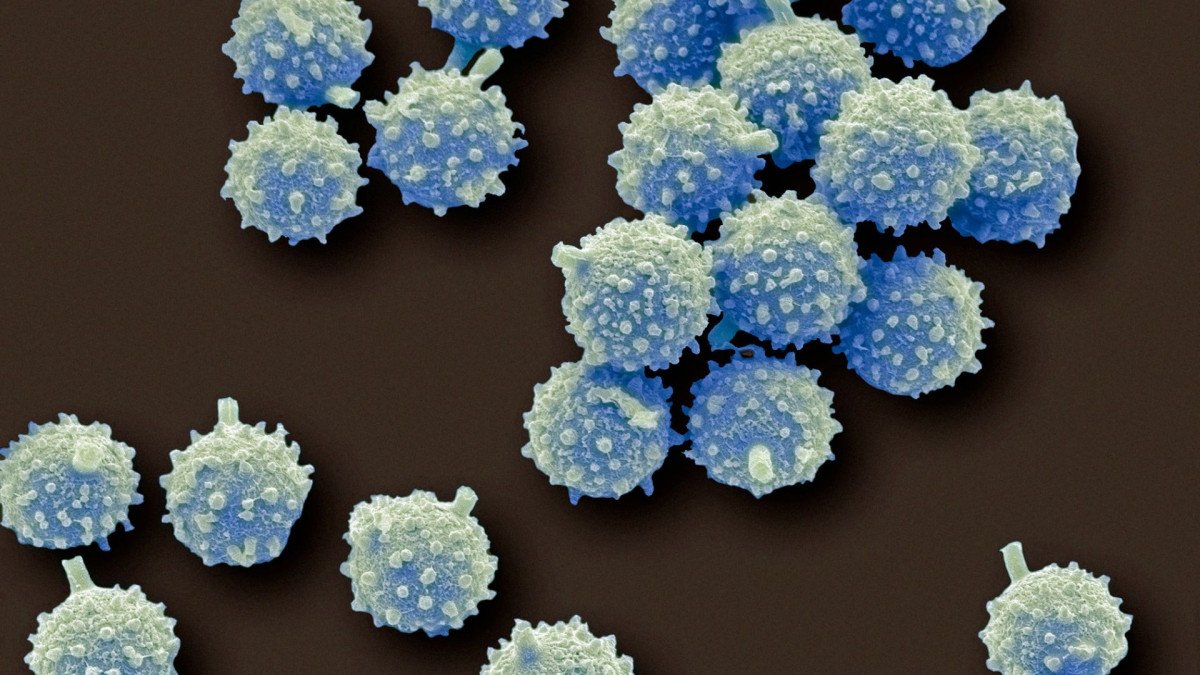
6. Only 500 microorganisms are harmful to us
The poor microorganisms have gotten all the bad fame for a long time. Bacteria have always been related to diseases and the truth is that of all the microorganisms that exist, only 500 are pathogenic for human beings. And this doesn’t stop here. Of those 500, only 50 actually cause us diseases.
7. Really, how many microorganisms are there on Earth?
Not many, many. To give you an idea, let’s imagine the following: if we could place all the bacteria that exist in the world in a straight line, like forming an Indian row, it would be so long that it would extend for 10 million light years
8. They were the first forms of life to emerge
It is estimated that microorganisms have been on Earth for almost 4 billion years. If this fact alone is fascinating, it must be taken into account that the first mammals populated the Earth 220 million years ago, plants 530 million years ago, and of course, humans only 250,000 years ago.
9. Morning breath has its explanation in microorganisms
Let’s talk about morning breath and how unpleasant it usually is. This is because throughout the night, volatile compounds are produced by the many bacteria that inhabit our mouth To alleviate this odor, it is best to rinse your mouth when you get up.
10. They are small, but how much?
Until now it has been clear that microorganisms are tiny beings that can only be seen through the microscope. But really, how small are they? Its size is estimated to range around 0.5-5 micrometers. To understand it better, get the idea that up to a thousand bacteria placed in a row fit into one millimeter.
11. Not even Mars can handle them
Experts are beginning to claim that there are bacteria that could survive on Mars. Due to their great capacity for adaptation, neither the lack of oxygen, low temperatures, or high radiation can affect or interfere with these microorganisms
12. Quorum Sensing, what is it?
Bacteria have a unique form of communication that they have developed over the years: Quorum Sensing. When microorganisms are forming a population, they produce specific molecules that act like carrier pigeons. With Quorum Sensing, they manage to transmit to each other information about the environment in which they are or the structures or populations they must form.
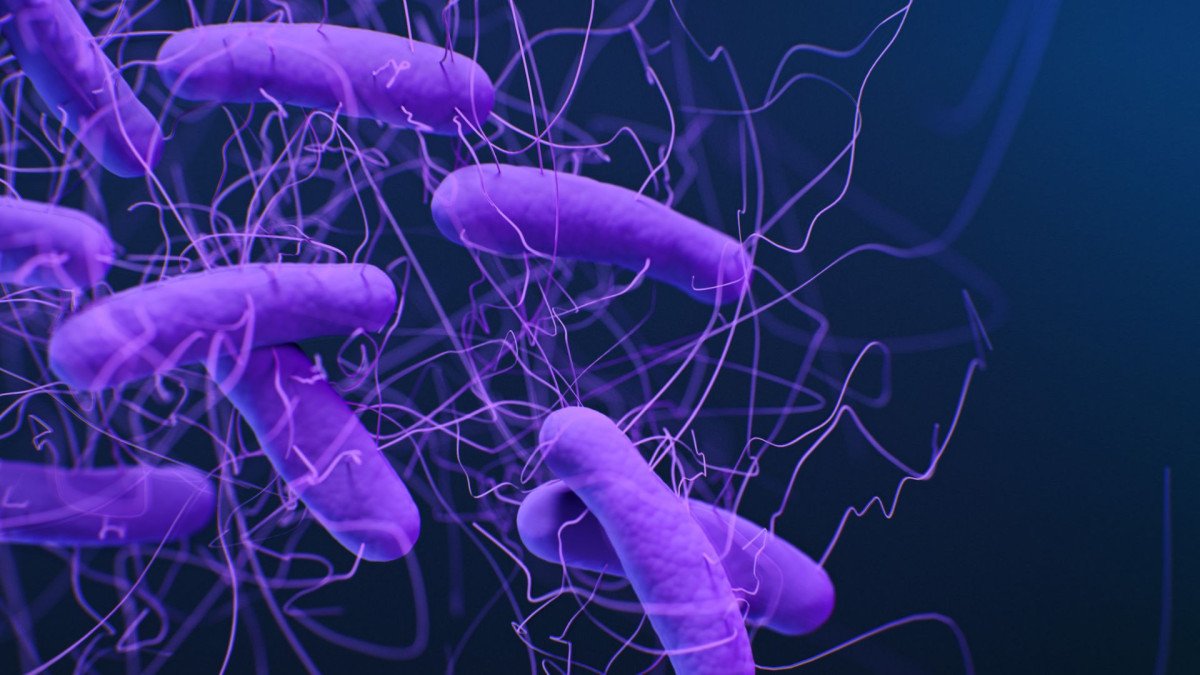
13. The biggest pandemics of humanity have been because of them
Focusing on pathogenic microorganisms, it should be noted that these have been responsible for most pandemics over time, causing the death of many people. Some examples are AIDS, the Black Death, the Spanish Flu, among many others
14. The most lethal bacteria
You may be wondering which is the most lethal bacteria in the world, the one capable of killing many people. The answer is: Burkholderia mallei. How does it reach humans? We became infected with this bacteria through horses, causing a disease called “glanders.” Its lethality is around 95% if medications are not taken, but, even if treatment is started, more than half also die. The number is alarming.
15. Do not belittle them, because without them, you could not live
The bacteria of our microorganism are essential for our survival. We establish a symbiotic relationship with them, where we provide them with a place to reproduce, grow and live and they help us in different necessary functions for us such as: adequate absorption of nutrients, fight pathogens, keep the skin in good condition, produce vitamins, neurotransmitters, help with digestion, etc.
16. Microorganisms can interfere with your mental health
How microorganisms affect our mental health is a rapidly growing topic in the world of psychology. It is known that the bacteria that live in our intestine are capable of producing neurotransmitters and altering brain chemistry, which, consequently, is closely related to the appearance of depressive, anxious, and other neuropsychiatric symptoms.
17. You have a unique microbiome that sets you apart
From the moment we are born, little by little we create a bacterial footprint that differentiates us from the rest. Because of our habits, lifestyle and diet, we create a particular microbiome, where its species have adapted to the different situations to which we have exposed them. Therefore, as with fingerprints, there is no other human being with the same bacterial fingerprint as you
18. The smell of perspiration also has its reason in microorganisms
Bacteria live everywhere on your body, and the skin in your armpit is not far behind. During sweating, microorganisms feed with great intensity on the skin of the aforementioned part of your body and this peculiar activity causes the particular smell of sweat.
19. One more reason to have a dog
Dogs sniff, lick and touch all kinds of substances whose health levels are, to say the least, questionable. Therefore, when they return to our house, through their snout, mouth, paws and hair they are introducing enormous amounts of bacteria into the home. But don’t let this alarm us, since apart from strengthening our immune system, they can also send us bacteria that are beneficial to our body In other words, dogs increase the diversity of beneficial bacteria in our homes.
20. Bioluminescent microorganisms
Have you ever seen a marine species that produces light and wondered why? The bacteria known as Vibrio fischeri is responsible for this. Through different biochemical reactions, it is capable of generating light and curiously, those marine species we were talking about host this bacteria inside.
